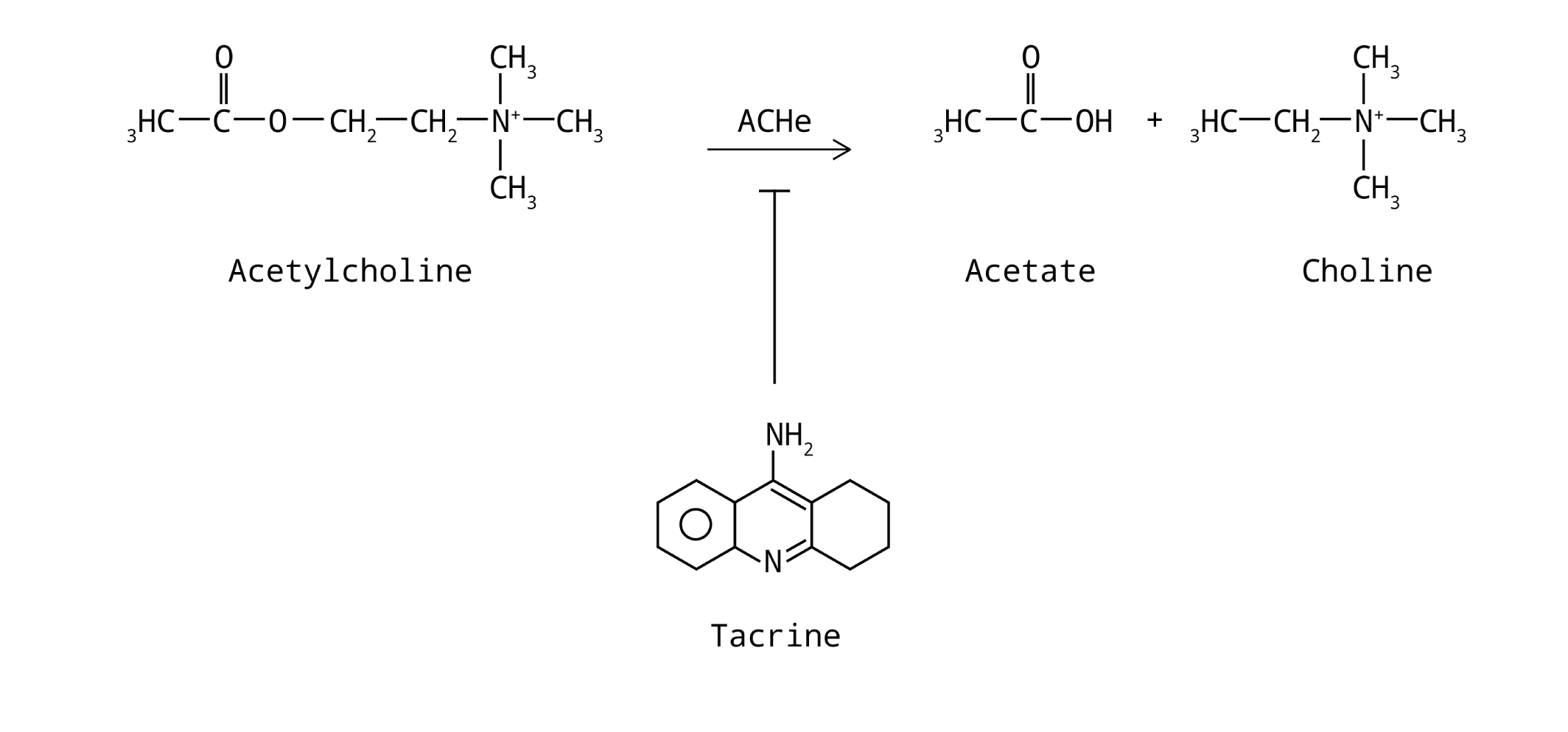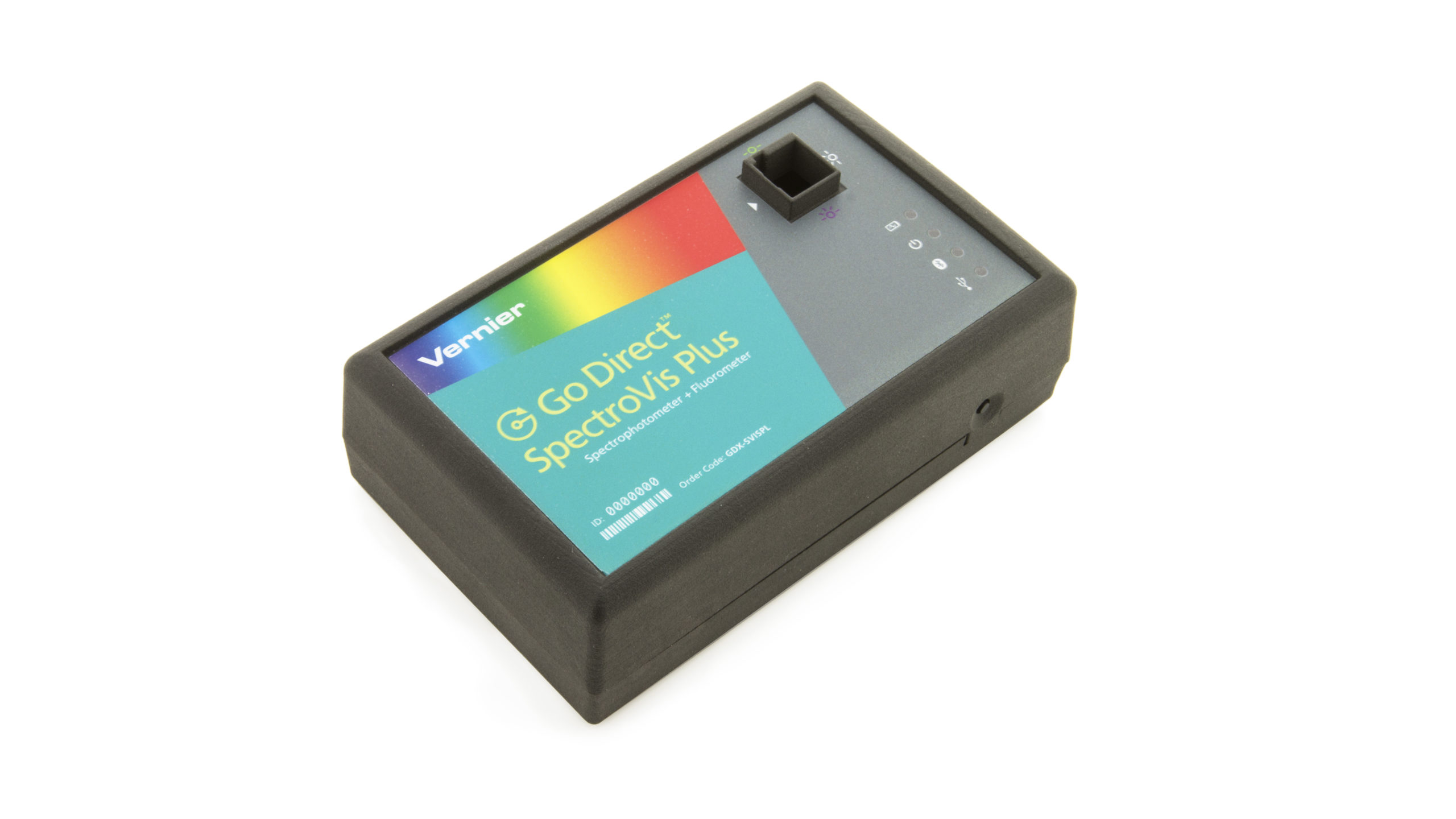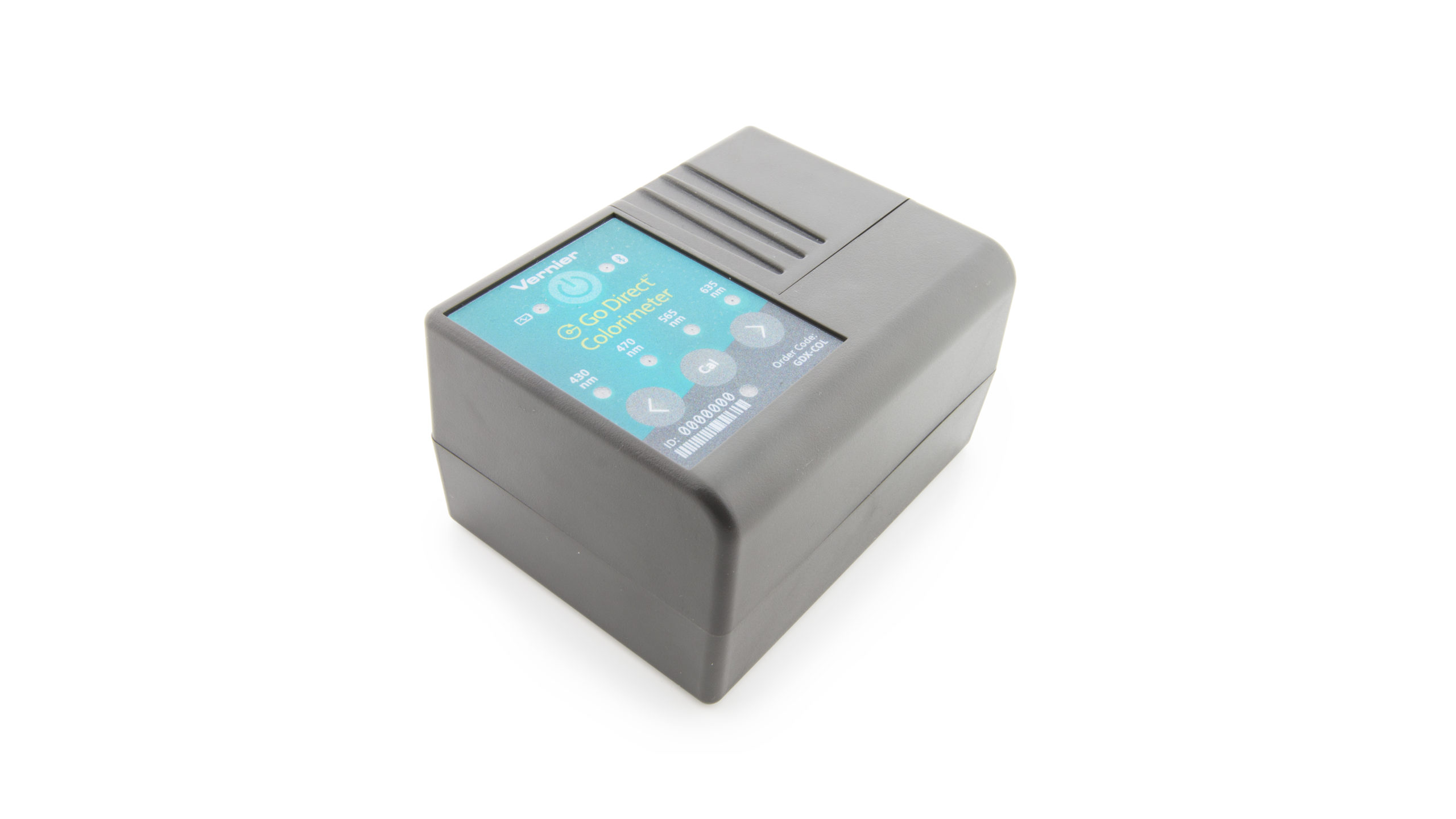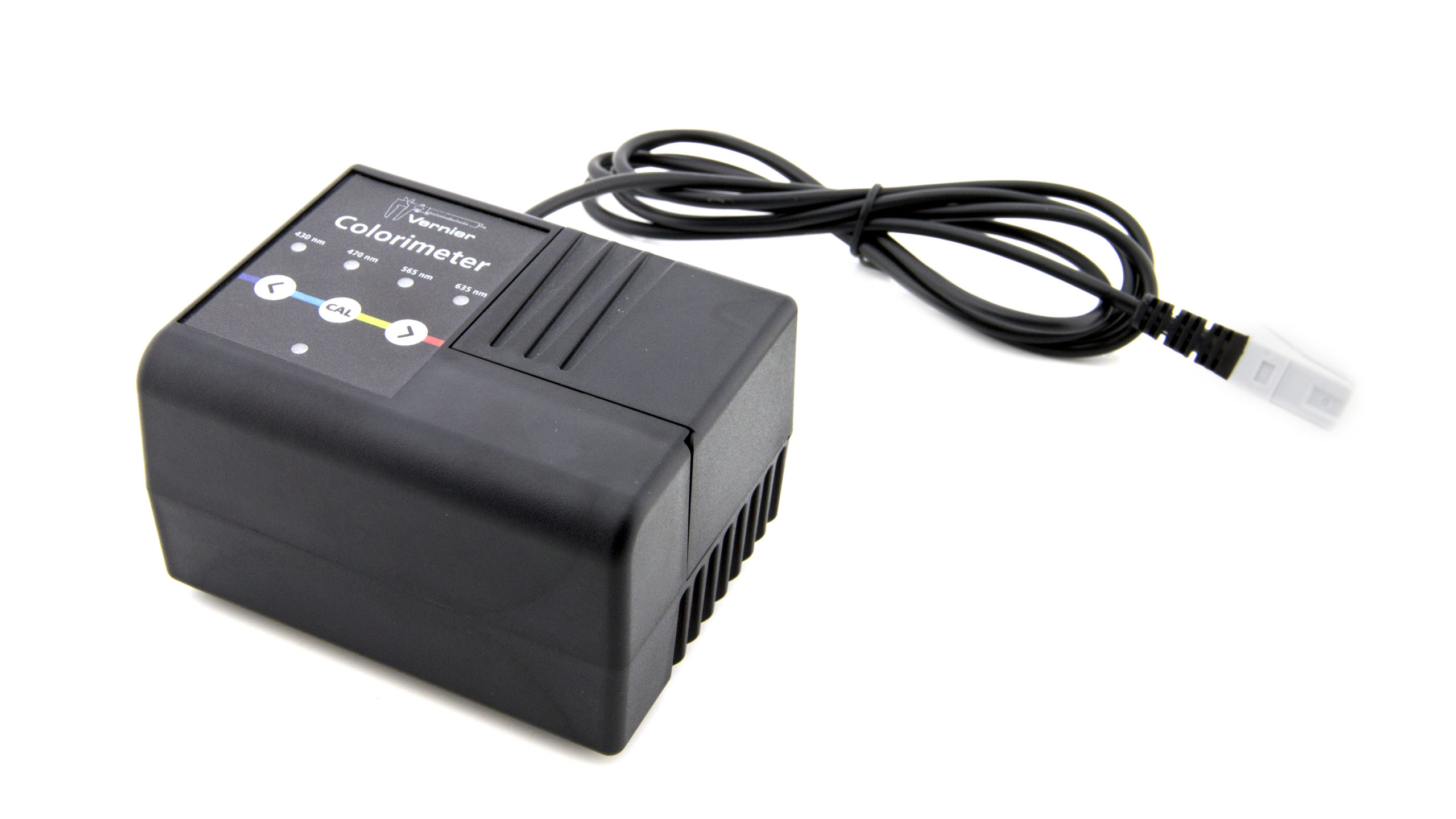Introduction
大脑的神经细胞,这些细胞,与交流each other and the rest of the body by releasing neurotransmitters. Neurotransmitters are small chemicals that bind to receptors on other neurons, cells, or tissues of the body. When a neurotransmitter binds to a receptor, a cellular response is produced in the target cell. If enough target cells are activated, a physiological response is produced in the body. If the neurotransmitter produces an increase in a physiological response, we refer to it as an excitatory neurotransmitter. If the neurotransmitter produces a decrease in a physiological response, we refer to the neurotransmitter as inhibitory. The physiological effect produced by a neurotransmitter is terminated, in large part, by the action of enzymes that break down the neurotransmitter.
The neurotransmitter acetylcholine (ACh) is an excellent example of a neurotransmitter that can be either excitatory or inhibitory. ACh is one of the primary neurotransmitters of the peripheral nervous system.
Acetylcholine is also a very important neurotransmitter in the central nervous system. In Alzheimer’s disease, neurons in the brain that release ACh die. The death of these neurons decreases the level of ACh in the brain. This decrease in ACh is thought to cause some of the symptoms of Alzheimer’s disease. The drug tacrine is used to treat Alzheimer’s disease. Tacrine inhibits the activity of AChE (see Figure 1). This causes an increase in the level of ACh in the brain, and alleviates some of the symptoms of Alzheimer’s disease. However, tacrine also inhibits AChE found in skeletal and cardiac muscles, and can produce some unwanted side effects.
This exercise is designed to introduce you to the pharmacology of neurotransmitters. It is very difficult to study neurotransmitters directly. In many cases, the activity of an enzyme that produces or breaks down a neurotransmitter is used instead. A simple method for assaying the activity of AChE is the Ellman method. The compounds acetylthiocholine iodide (ACTHi) and dithiobisnitrobenzoate (DTNB) are added to a solution containing AChE. AChE breaks ACTHi down into acetate and thiocholine. Thiocholine then reacts with DTNB to form a compound called 5-thio-2-nitrobenzoate (TNB). TNB is a yellow-colored compound with a peak absorbance at 412 nm, which can be monitored using a Spectrometer or Colorimeter.
Objectives
In this experiment, you will
- Observe the reaction rate of acetylcholinesterase (AChE) found in heart tissue.
- Compare the reaction rate of AChE from different fractions of heart tissue.
- Observe the effect that the compound tacrine has on the reaction rate of AChE.
- Generate a dose-response curve for the compound tacrine.
- Estimate the effective IC50of tacrine on heart AChE.




